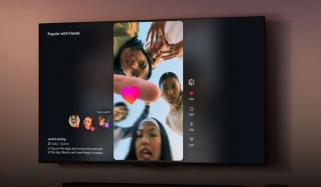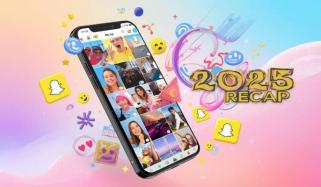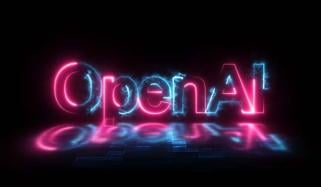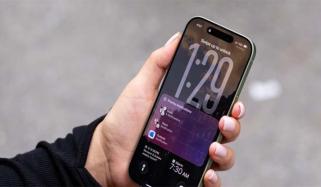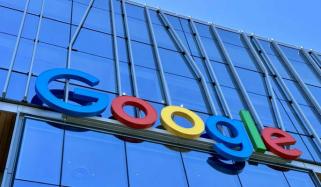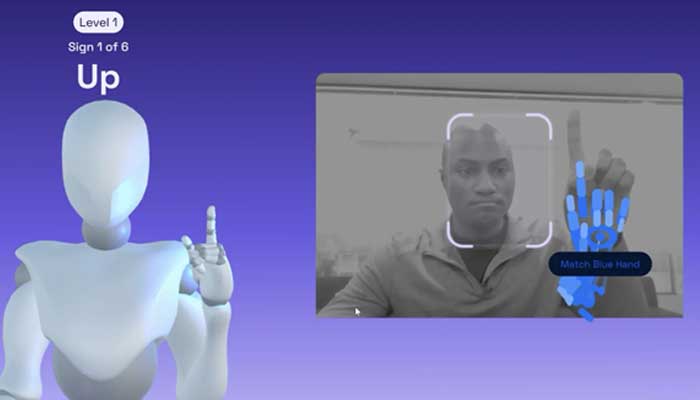
The tech-giant Nvidia has launched a new AI platform to help people with disabilities navigate life with more ease.
As reported by CNN, on Thursday, February 20, Nvidia launched a language-learning AI platform, Signs.
With the partnership of American Society for Dead Children and creative agency Hello Monday, the feature would help consumers learn American Sign Language (ASL).
The platform has a 3-D avatar, which would act like a tutor who is always available to demonstrate signs or check up on a student's progress.
During the learning sessions, users would be expected to keep their video camera on in order for AI to provide feedback on their progress and signs.
At the launch, the language-learning platform featured 100 different signs, but Nvidia is striving to reach at least 1,000.
Signs represents just one of the many ways AI is helping in the development of assistive technologies designed to help people who are differently-abled or their caretakers.
Meta, Google and OpenAI have also used AI to improve features for blind or low-vision users, with Apple introducing AI-enabled eye tracking to help physically disabled users use their iPhones.
As per Signs’ spokesperson, ASL is the third most prevalent language in the United States, behind English and Spanish.
With the language-learning platform, Nvidia is showing that the company is ready to branch out instead of restricting itself to just hardware behind AI.
Nvidia builds chips for most of the tech companies in addition to its own AI models and software platforms, becoming one of the major supplier of AI world.
Furthermore, Signs is free to use, and it will allow ASL speakers to contribute videos of signs that are not already available on the platform to help grow its vocabulary.
This data could help Nvidia in the development of more ASL-related products such as improving sign language recognition in video-conferencing software or gesture control in cars.

